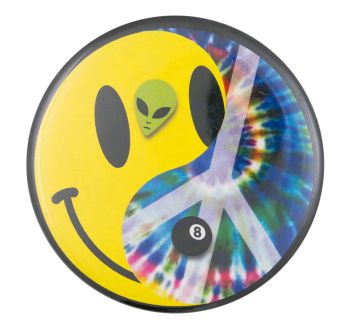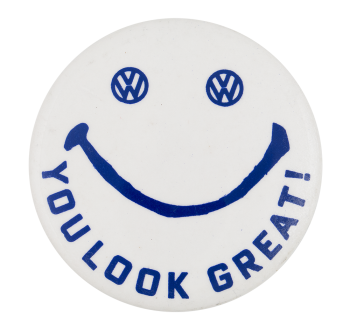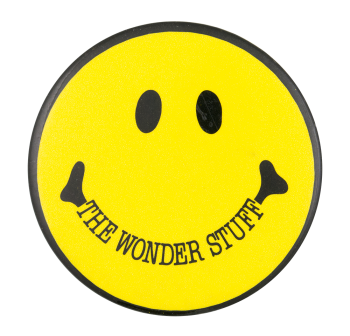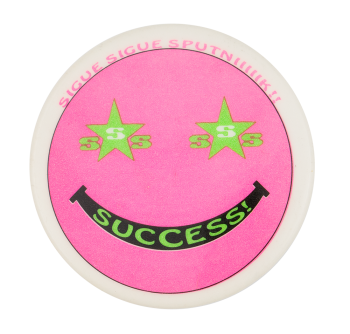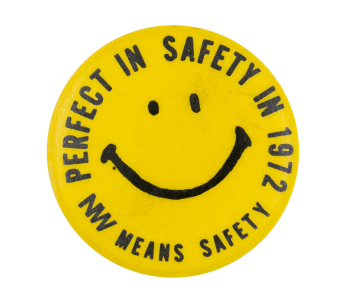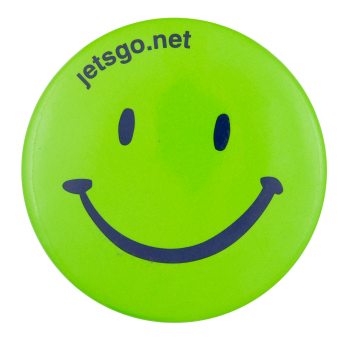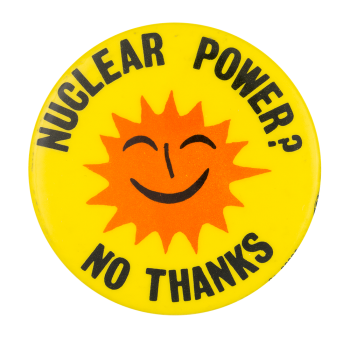Cool in the 90s
| Category | |
|---|---|
| Additional Images | |
| Sub Categories | |
| Image Description | Illustration of a ying yang with half a yellow smiley face and half a tie-dye background with a peace sign and eight ball with a black outer |
| Curl Text | Cool in the 90s - Nicholas Rouley - Button Swap 2010 |
| Back Style | |
| The Shape | |
| The Size | |
| Year / Decade Made | |
| The Manufacturer | |
| Additional Information | Nick Rouley, a former Busy Beaver Button Company employee, designed this button with representations of things that were popular in the 1990s for a button swap. |
| Catalog ID | SM0091 |

